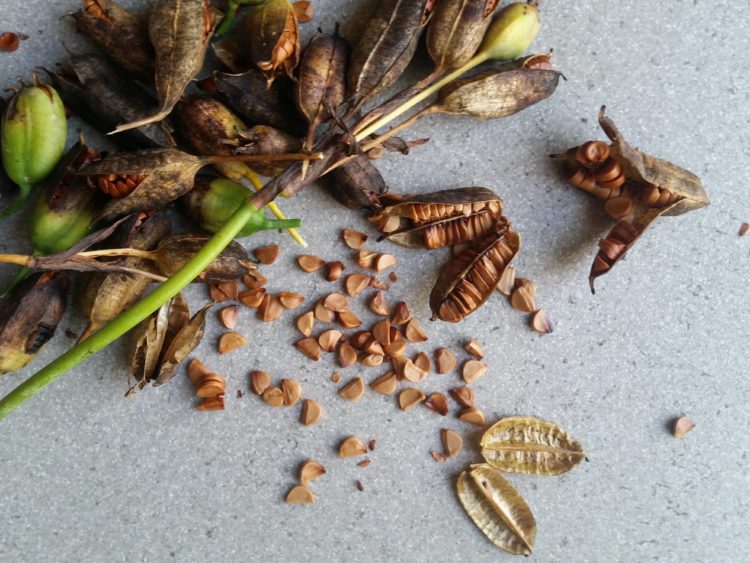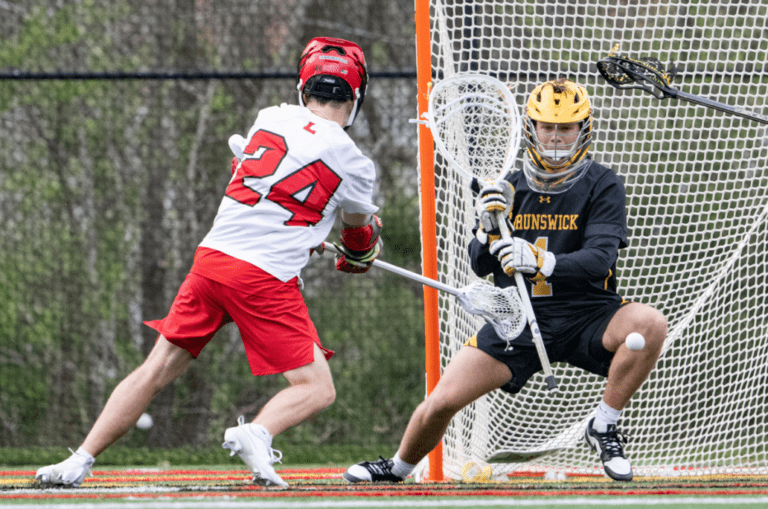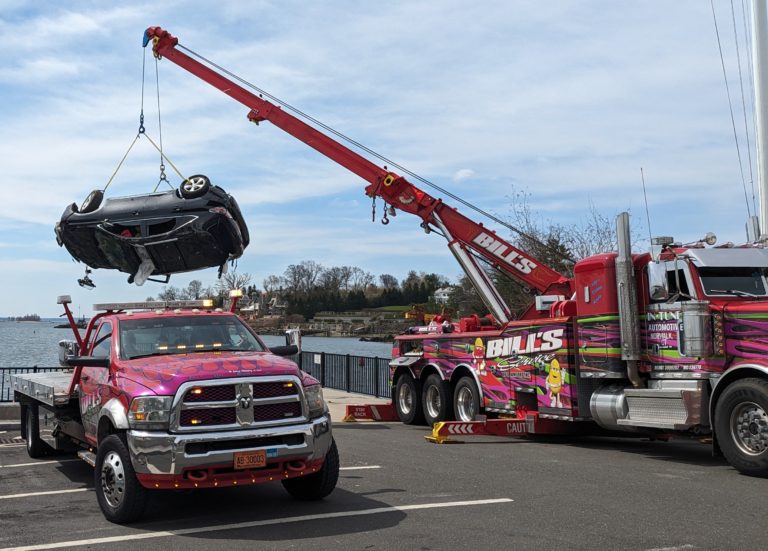
By Dan Brubaker
In recent years we’ve seen a steep decline in insect populations, both locally and globally. The causes for the decline are varied, but excess pesticide use and loss of habitat both play prominent roles. To some the loss of insects may at first glance seem like a good thing given insects pests like mosquitoes and biting flies; but our ecosystems are built on the myriad of insects in our landscapes, from ants and beetles, to moths, butterflies, and other pollinating species. These animals play a crucial role as the foundation to many of our food webs. They are also responsible for pollinating the majority of our flowering plants, including more than a third of our food crops. Simply put, the collapse of insect populations is a significant threat to the health of our habitats as well as our food security.
Decreasing the use of pesticides is one of the easiest ways to help stop the decline but providing the native plant species that insects rely on is just as important. Our heavily developed landscapes have become overrun with non-native plant species. It’s causing many coevolved plant and insect communities are being disrupted. Over millennia native insects have evolved in tandem with plants, often developing very specific relationships with individual plant species. As non-native plants take over our yards and migrate into our wild spaces, native plant species that insects require are pushed out. Lacking the same relationships with local insects, and therefore unable to provide food or shelter, many nonnative plants erode the diversity and resilience of our local habitats.
In 2017, Greenwich Land Trust (GLT) began its Seed-to-Seed program with a focus on growing native plant species from seed collected locally in and around Greenwich. The plants grown from this seed are utilized for restoration plantings in the community through partnerships with the Town’s Conservation Commission, local garden clubs, school groups, scout projects, and other conservation organizations in Greenwich. During its first few years the Seed-to-Seed program focused on building a solid knowledge base needed to grow many of the wildflower and shrub species found on GLT and neighboring properties. Once this foundation was built, the program began growing out thousands of plants from dozens of species. In 2021 over 6,000 plants from more than 50 species were grown and planted, many as part of restoration efforts on various GLT properties. 2021 also saw GLT’s first native plant sale, providing a source for Greenwich residents to plant locally evolved native wildflowers at their own homes.
Today, the Seed-to-Seed program has just held its second annual plant sale and is in the midst of its spring growing season where thousands of tiny seedlings are germinated in small trays before being transplanted into their own pots as the next generation of plants destined to find homes on GLT properties, or in new backyard pollinator gardens and pocket meadows.
So, if you are concerned about the fragmentation and damage that are local habitats are feeling, look for small ways to begin incorporating native plants into your garden or perennial beds at home. Even plantings on a small scale can be valuable, and if you don’t have space for plantings, look for local garden clubs or conservation groups and volunteer to help establish or maintain a pollinator garden. And the next time you are in one of those gardens, look for the signs of healthy plant and animal interactions easily seen by insects eating and making their homes on native plants. You may even see a songbird collecting a caterpillar for its chicks, or a native orchard bee pollinating a fruit tree. These everyday occurrences are the building blocks that a flourishing landscape is built upon.




